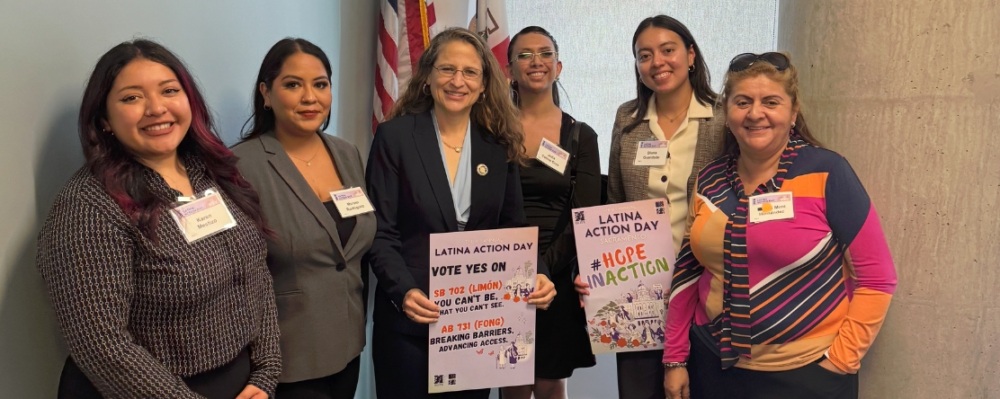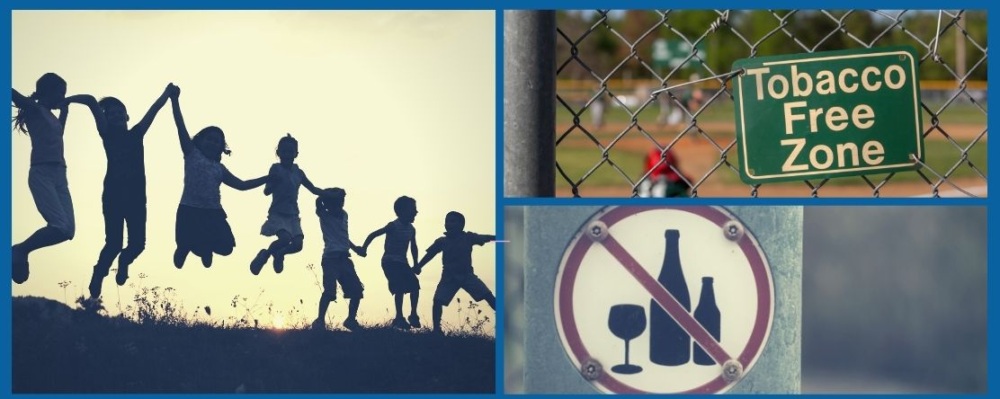
The ‘Spiral of Silence’ Makes Us Think We’re More Divided Than We Are. Here’s How to Break It.
-
Expertise
Media Advocacy & Communications, Public Policy Advocacy -
Programs
Berkeley Media Studies Group

U.S. residents are more united on many issues, despite what new coverage may show. This significant disconnect between perception and reality can hinder discussions and impede action, as individuals fear they may be the only ones holding their viewpoint. This occurrence, known as the “spiral of silence,” is prevalent in various issues and has recently attracted renewed attention in the media.
This blog from PHI’s Berkeley Media Studies Group shares the necessary tools and resources needed to address the ‘spiral of silence’. It highlights five ways for communicating effectively about public health.

1. Make the landscape visible
Our brains are wired to love stories. Research shows that engaging stories can cause the brain to release oxytocin, a hormone linked to empathy, trust, and emotional connection. But there’s a caveat to telling stories. Many stories in the media are framed as portraits: stories about an individual and their experience. Even heartwarming stories about people overcoming great odds can make it harder to explain why public health approaches to common challenges are necessary, because in public health, we don’t want to help people beat the odds; we want to change the odds so everyone lives in conditions that foster health. If people only see portrait stories that reinforce personal responsibility in the news or popular culture, they may be inclined to believe that the only solution is to just try harder: Work more jobs to afford housing, for example, find a job with better health insurance, or choose healthier foods.
When communicating about public health, our job is to expand from a portrait story to the broader landscape, highlighting the systems and decision-makers that can improve conditions so everyone can thrive. Doing so can help show that the problems we face are systemic, foster a sense of shared responsibility, and justify solutions beyond individual behavior change.
If we tell a portrait-level story and present a systemic solution, there’s a disconnect. We must connect portraits to the landscape to help people understand the root causes of the challenges we’re seeing today.

2. Lead with values
Though data and evidence inform the public health policies and practices that we hope to achieve, data alone lacks the persuasive power needed to create an effective message. Further, leading with a challenge or problem can contribute to a sense of overwhelm or despair.
When we lead with values, we open people’s hearts so that their heads can take in what we’re going to say next. Studies show that, especially when we’re busy, we tend to rely on the reactive part of our brain. When we speak with values, we can move people to their slower, cognitive brain, where they’re more open to hearing new points of view.
You might lead with community interconnection, liberty, unity, a can-do spirit, fairness, democracy or whatever value motivates you to do the work. However, values are not one size fits all — be sure to remember your audience and uplift the values you share with the people you’re hoping to reach.

3. Name actions and solutions
If people don’t see a way to take action and be part of the solution, they’re more likely to tune us out. When we uplift stories about solutions, people are more likely to stay engaged and feel motivated to act.
It’s also critical to clarify our solution. If we don’t know what we want to do, we can’t figure out what we want to say. For example, let’s say you’re trying to reach people who need assistance but are afraid to access services due to their immigration status. In this case, one solution may be to encourage the board of supervisors to make your county a sanctuary county or urge state legislators to enact protections for immigrants accessing health care. Both are important, but lead to different messages.
Once you’ve determined the solution you’ll advocate for, it is equally important to consider your messenger. Is there someone with lived experience of an issue who can be supported to tell a story that connects their experience to the broader systems that underlie it? Those individuals, whom we call ‘authentic voices,’ often make effective spokespeople because their personal experience gives credibility to their stories, making it easier for audiences to trust them.

4. Use an overall strategy to guide messaging
How do we determine what values and solutions to use? How do we determine which part of the landscape to highlight?
BMSG recommends using an overall strategy, which is part of our Layers of Strategy tool, to guide communication decisions. The overall strategy helps you decide what to say and how to access the news media or break through the social media chatter. In other words, you can’t have a media or message strategy without an overall strategy.
Developing an overall strategy involves defining the problem you want to address — often using data to support your message — identifying who you are trying to persuade and who might have decision-making power, and what you want them to do. Also, think about your potential allies: Who might be able to raise their voice and break through the spiral of silence? This is especially critical in this moment: We are both more powerful and more strategic when we work across coalitions.

5. Describe public health in concrete, jargon-free language that focuses on community members
Many of us in public health are devastated to see attacks on agencies like the Centers for Disease Control and Prevention and the National Institutes of Health. But for folks who are overwhelmed trying to make rent and feed their families, messages about those institutions may not resonate. So, we need to talk about the direct impacts of these attacks on people and families.
For example, an organization losing its National Institutes of Health funding might mean that a loved one who’s in a cancer trial loses the opportunity to live a long and healthy life. Real-world examples bring the consequences of policy decisions to people’s day-to-day lives rather than focusing on the institutions themselves.
When messaging, it is also important to avoid the jargon and acronyms that we tend to use in public health or academia. While jargon can be helpful behind the scenes, we need to use plain language when communicating with the public.
For example, people outside of public health may not understand what “morbidity” and “mortality” mean, but everyone understands what “illness,” “injury,” and “death” mean. Similarly, “social determinants of health” may not mean as much to people as saying something like, “We know families will be healthier when they have access to quality education, jobs with dignity that pay a living wage, full bellies when they go to bed, and a roof over their heads.” For practical examples to help you communicate about public health’s strengths and achievements, see “Championing Public Health Amid Legal and Legislative Threats: Framing and Language Recommendations.”
Once you are clear on your goals and target audience, use these tips and speak out with confidence. Although narrative and cultural change take time, and breaking the spiral of silence can feel daunting, every person or organization that speaks up can create a ripple effect that brings us all closer to understanding, unity, and change.
Originally published by Berkeley Media Studies Group
Work With Us
You change the world. We do the rest. Explore fiscal sponsorship at PHI.
Support Us
Together, we can accelerate our response to public health’s most critical issues.
Find Employment
Begin your career at the Public Health Institute.


